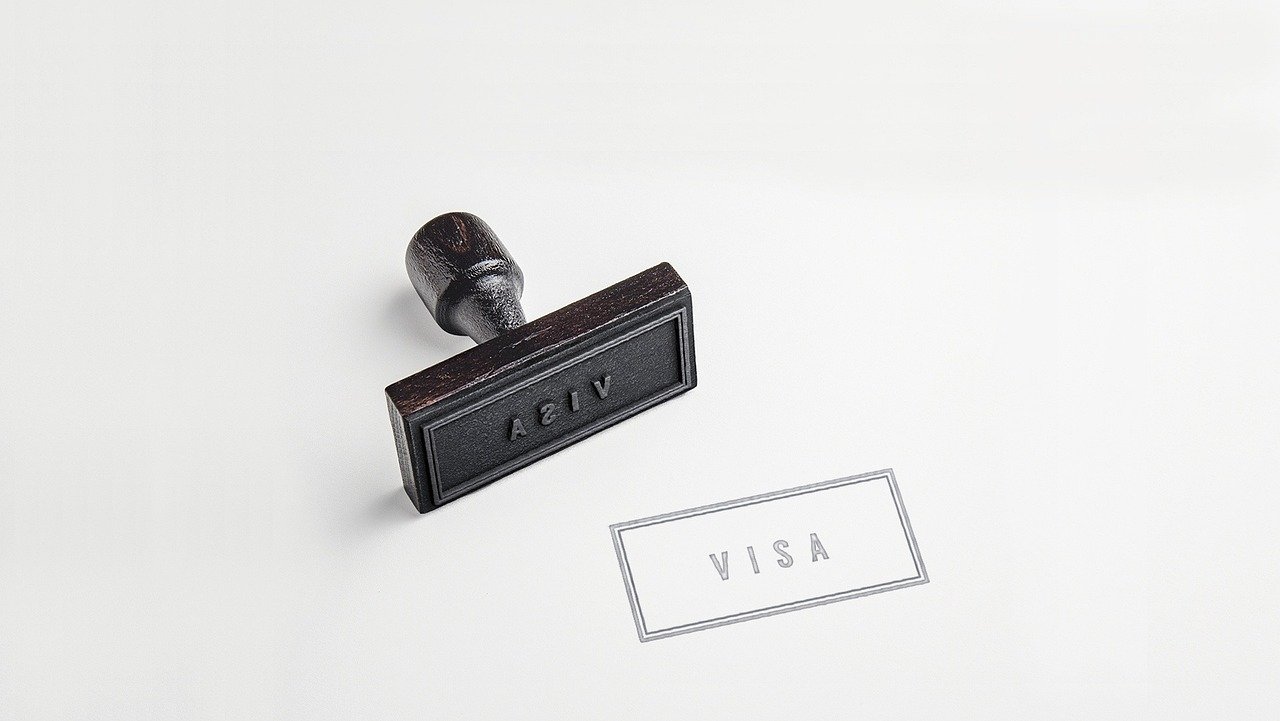
A Nepalese Student’s Guide to Studying in the USA
Dreaming of studying in the USA? With its top-tier universities, vibrant campus life, and endless opportunities, it’s no wonder why so many Nepalese students set their sights on the U.S. But let’s be real—the process can feel overwhelming. Don’t worry! I’ve broken it down into manageable steps to help you turn your dream into reality.
1. Find the Right Universities
Start by exploring universities that match your academic passions and career goals. Think about what matters to you: Do you want a bustling city campus or a quiet college town? What programs excite you? Check out university websites, connect with educational consultants in Nepal, or browse platforms like College Board or U.S. News for insights. Make a list of schools, keeping tuition, scholarships, and campus vibes in mind.
2. Ace Your Standardized Tests
Most U.S. universities require specific tests, so you’ll need to plan ahead. For undergrad programs, you might need the SAT or ACT. If you’re aiming for grad school, the GRE or GMAT could be on your list. Plus, you’ll need to prove your English skills with tests like TOEFL, IELTS, PTE Academic, or the Duolingo English Test.
Sign up for a prep course (online or in Kathmandu), grab study guides, and take practice tests. Give yourself a few months to prepare—it’s worth it!
3. Gather Your Documents
Applications require a bunch of paperwork, so get organized early. Here’s what you’ll typically need:
- Transcripts: Official records from your high school or college.
- Letters of Recommendation: Ask two or three teachers, mentors, or employers who know you well to write glowing letters.
- Personal Statement or Statement of Purpose: This is your chance to shine! Write a heartfelt essay about your goals, why you’re drawn to the program, and what makes you unique.
- Financial Proof: Show you can cover tuition, living costs, and other expenses (bank statements or sponsorship letters work).
- Test Scores: Send your SAT, GRE, TOEFL, etc., scores directly to the universities.
Pro tip: Double-check each university’s requirements, as they can vary.
4. Submit Your Applications
Now it’s time to apply! Some schools use the Common App, a handy platform for multiple applications, while others have their own systems. Fill out each form carefully, upload your documents, and watch those deadlines like a hawk. Missing a deadline could mean waiting another year.
5. Hunt for Scholarships
Studying in the U.S. can be pricey, but scholarships and financial aid can make a huge difference. Many universities offer merit-based or need-based aid for international students. Scour university websites, check platforms like Fastweb or Scholarships.com, and ask your consultants about opportunities. Apply for as many as you qualify for—it’s like free money for your education!
6. Nail the Interview (If Required)
Some schools might want to interview you, either in person or via video call. This is your moment to show your personality! Research the university, practice answering questions like “Why this program?” or “What are your goals?” Be confident, honest, and let your enthusiasm shine.
7. Choose Your Dream School
Once the offer letters roll in (fingers crossed!), compare them carefully. Look at the program details, scholarship packages, and cost of living. When you’ve found “the one,” accept the offer and follow the university’s next steps. Congrats—you’re one step closer!
8. Get Your F-1 Student Visa
To study in the U.S., you’ll need an F-1 student visa. Here’s how to tackle it:
- Get Your Form I-20: After accepting an offer, your university will send you this key document.
- Pay the SEVIS Fee: This is a mandatory fee for the Student and Exchange Visitor Information System. Keep the receipt!
- Fill Out the DS-160 Form: Complete this online and print the confirmation page.
- Book a Visa Interview: Schedule an appointment at the U.S. Embassy in Kathmandu.
- Attend the Interview: Bring your passport, Form I-20, SEVIS receipt, DS-160 confirmation, financial documents, and admission letter. Be clear about your study plans and ties to Nepal.
The visa process can feel nerve-wracking, but stay calm and prepared.
9. Plan Your Big Move
Visa approved? Awesome! Now it’s time to get practical. Book your flight, arrange housing (on-campus dorms or off-campus apartments), and research your new city. Connect with your university’s international student office—they often have tips for settling in.
10. Join a Pre-Departure Orientation
Before you hop on that plane, attend a pre-departure session if your university or a local consultant offers one. These cover everything from academic expectations to cultural quirks (like tipping or small talk). It’s a great way to feel ready for your new adventure.
Final Thoughts
Studying in the USA as a Nepalese student is a life-changing journey, but it takes planning and persistence. Start early, stay organized, and don’t hesitate to ask for help from consultants, teachers, or current students. With determination and this guide, you’ll be walking across a U.S. campus in no time. Best of luck—you’ve got this!




